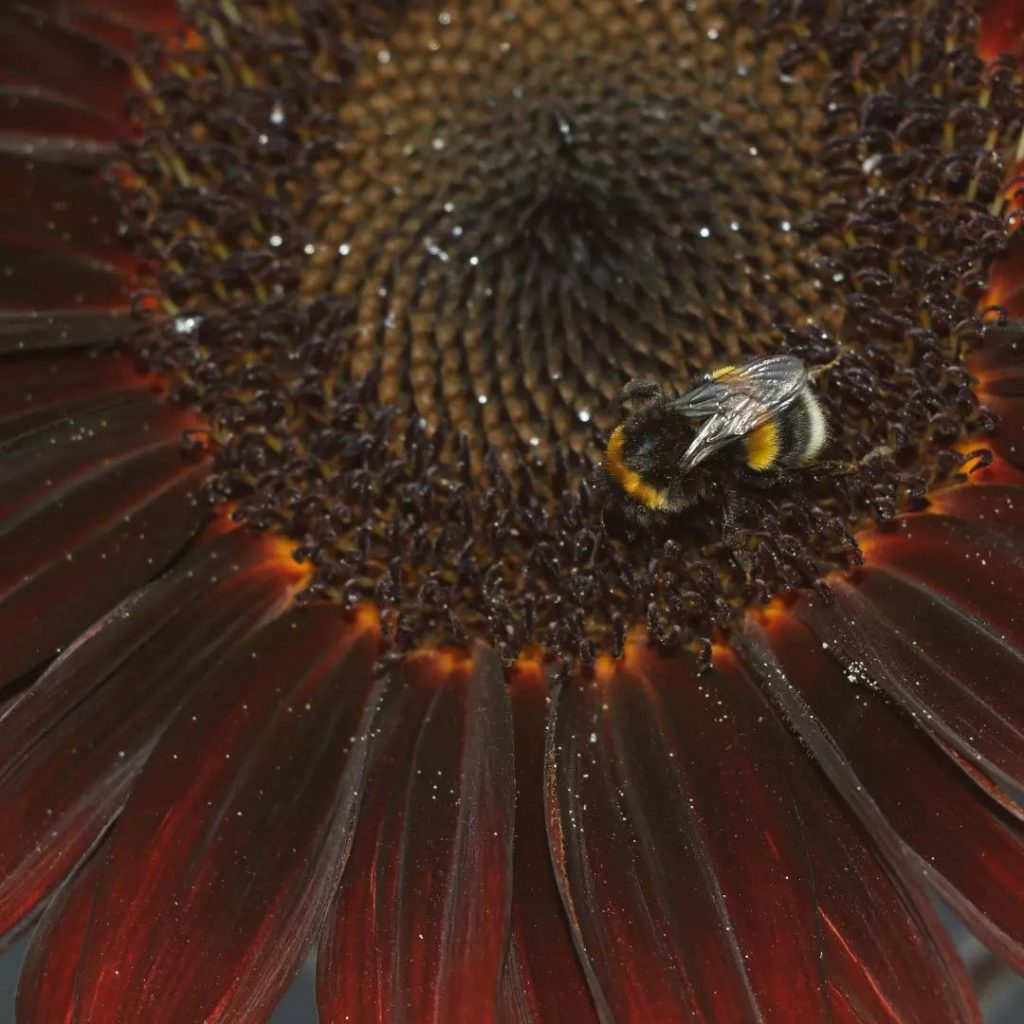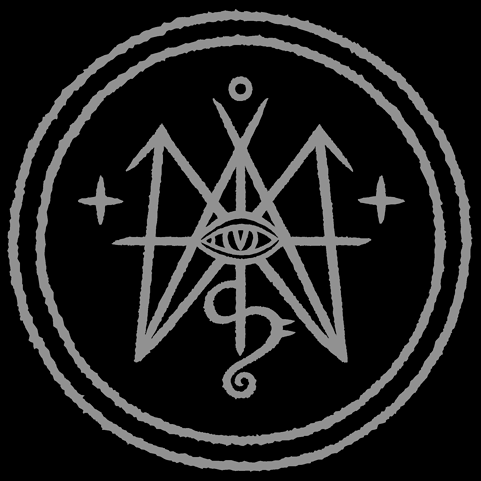
Around the 1st of August, the first harvest of the year is celebrated, and it is the best time for gathering fragrant and medicinal herbs since now they are rich in aromatic oils! It is also the time when the bilwis – originally benevolent priests guarding the fields, later envisioned as corn demons with sickles on their feet – cut the first corn. Common festivals held during this time are Lughnasadh or Lammas, which celebrate the ripening of the corn and the baking of the bread from the first harvest. Traditionally, this first bread is offered to the spirits, and likewise, corn dolls are crafted and offered. Altars are decorated in flaming red, orange, and golden yellow colors. Most emblematic of this time are the sunflower, the lion and the cornucopia. But all the herbs and fruits that are ripe during this time of the year can be used to decorate the home and honor the spirits.
It is a time for celebrating Lugh, the Celtic god of craftsmanship and weaponry. Lughnasadh is translated as the ‘killing of Lugh’ in old Irish language, which is an allegory for the end of summer. Wolf Dieter Storl identifies the Celtic Lugh as a god of fire, who imbues medicinal herbs with power and associates him with the Germanic Loki (Lodur), the trickster and fire god. On the same first day of August, the torch bearing bringer of light, Lucifer was banished from heaven. It is hence believed that persons born on the 1st of August would become a witch and a ghost-seer.
My personal incense for celebrating the fire of August:
- black, golden and / or white copal
- coriander seed (ground)
- nutmeg (a pinch)
- palo santo or sandalwood
- red carnation or red rose flower petals
- sunflower petals
- tobacco (optional)
- white sage
Aside from the witches’ Wheel of the Year festivals, there are other feasts taking place in August. Romans celebrated the Nemoralia, a festival sacred to Diana Nemorensis. Interestingly, the Romans would pay tribute to Diana by honoring the dogs of the hunt and polishing the spears, meaning no hunting or fighting would take place during this time. Instead, the dogs were cared for and adorned, and slaves, warriors, and hunters were granted a time of rest and nurture. Torches were carried to the grove of Diana in Nemi, which offered a refuge for slaves during the hottest time of the year. At the center of her grove stood an oak tree, which was guarded by a priest titled rex nemorensis, who himself was an escaped slave. This priest had to defend the tree and his own life against other slaves, until the next slave would take his place by killing him and breaking a branch from the tree. This unusual ritual seems to have pre-Roman roots.
Diana is identified with the Greek Artemis and also bears references to the Greek Hecate.
My suggestion for a Nemoralia incense:
- belladonna leaves
- fennel seed
- frankincense
- galbanum
- juniper berries
- mugwort
- mullein leaves
- myrrh
- oak bark
- sandarac or pine resin
- thyme
- wormwood
Similar to the motive of Lugh as a god of fire, weaponry and craftmanship, the Romans celebrated one of their oldest deities, the fire god Vulcan, around the 23rd of August. Vulcan was worshipped and appeased during the August heat as to be protected from (wild) fires and especially to protect the granaries from fire. During the Vulcanalia, bonfires were lit and grain offerings were thrown into the flames. After the Great Fire of Rome, the worship of Vulcan only increased, and the offerings now also included red bulls. Noteworthy, Pliny the Younger documented the outbreak of the Vesuvius in Pompei only one day following the Vulcanalia festival.
Shortly before the middle of August is also the time of the Perseid meteor shower, during which the trinity of heaven, earth, and the underworld was celebrated in antiquity. Another ancient goddess revered during this time was Hecate, who governed these three realms. The herbs that are especially sacred to her include monkshood, henbane, wormwood, asphodel, mandrake, pomegranate and the saffron crocus.
Incense for Hecate:
- aconite flowers
- myrrh (soaked in red vine and honey)
- orris or mandrake root
- saffron
- styrax
- wormwood
In August, we also honor the mother goddesses per se.
On the 15th of August, Christians celebrate the Assumption of Mary. Along with it, various herb blessing traditions once sacred to Freya have been adopted and converted into the Maria-Kräuterweihe. Herbs that are traditionally part of the Mariä Kräuterbuschen:
- chamomile
- elecampagne
- mullein (at the center)
- mugwort
- St. John’s wort
- tansy
- thyme
- valerian
- vervain
- wormwood
- yarrow
The blessed herbs were then given into the food of sick animals, hung in the home and barn, or thrown into the fire for protection from thunder and lightning. The time spanning from the 15th of August to the 8th of September (Nativity of Mary) is also known as Frauen-Dreißiger. The entire time is considered auspicious for the gathering of medicinal herbs.
Likewise, the Germanic Holle/Holda/Dame Hulda, in her role as the ancient mother goddess of neolithic origin, can be honored and asked for maternal blessings during the August full moon. Especially sacred to Holda is the Elder tree, which is now full of ripe fruits.
In Argentina, Paraguay and Southern Brazil the 15th of August (or alternatively the 13th of August) is dedicated to a folk saint, which is not accepted by the Catholic church: devotees of San la Muerte praise the Saint of Death with offerings of flowers, candles, liquor, tobaccco, money, food offerings such as pork and sweets and coffee. My favorite incense for San la Muerte is similar to the August fire blend Iisted above.
Finally, in Japan, the festival of the Dead, called Obon, is celebrated around the middle of August. A key symbol for this liminal time is the cherry blossom, also known as sakura. According to Japanese folklore, the souls of fallen kamikaze fighters (revered heroes) are symbolized by falling sakura petals.
My personal ‘Sakura’ blend for contacting the dead in dream:
- aloeswood
- benzoin (Siam)
- cherry blossoms
- lavender
- orris root
- silver colored frankincense
- star anise
- styrax
- white sandalwood
Conclusion: the feasts of August both venerate the light and fire of life, the culmination of summer, the bountyful harvest, the vegetation and mother goddesses, as well as the sickle, death himself and the dead. Do you know more feasts of August? Please write in the comments!
August 31, 2023
Posted In: Feast Days
Tags: lucifer, august, frau holle, obon, feast days, sakura yume, wheel of the year, perseids, calendar, vulcan, lughnasadh, vulcanalia, lammas, lugh, nemoralia, loki, herbs, diana, incense, hulda, hecate, assumption of mary
